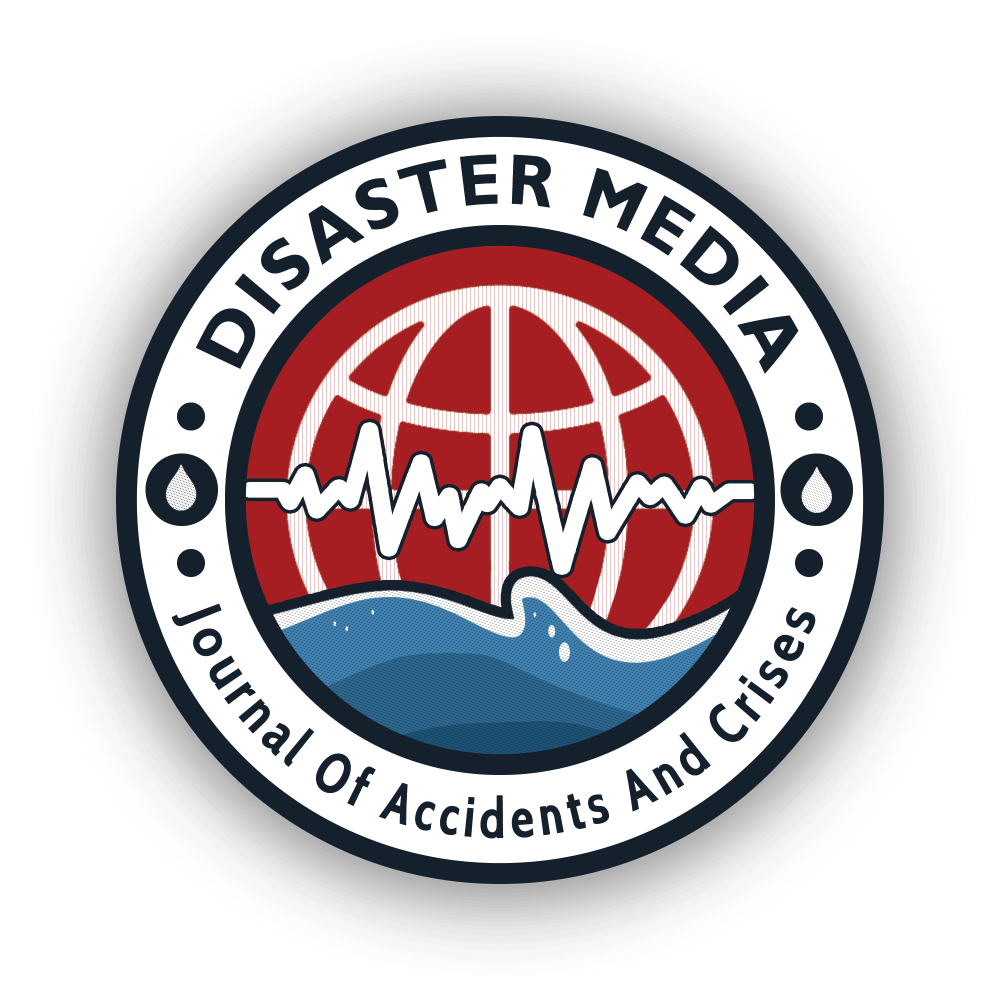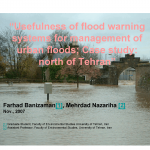Floods cause life casualties each year in Iran and elsewhere. Many regions experience severe flooding from natural sources.
- The Golabdarreh flash flood in 1987 discharged about 250m3/s runoff (excluded debris) in 30Km2 watershed area that caused more than 300 life casualties. A huge amount of mud, boulders and stones were deposited on the streets of northern Tehran. Many houses and other proprieties were also buried under sediments.
This paper presents the development of Flood Warning Decision Support System
(FW-DSS) in the north part of Tehran in Iran, with the potential of extension to other locations with similar flooding problems.
- This paper covers different aspects of the DSS prototype developed under this project. The most common types of flooding includes:
basins at the middle and lower courses of rivers and due to flash floods caused by intense local or regional precipitation.
- This paper also focuses on flash floods, where the target area is located. These floods are often characterized by a short response period and a few hours of inundation.
The study reveals the complexity and uncertainty involved in managing flooding
in the study areas. Issues about the validity and extended benefits of the system are also discussed.
To read more, you can download the PDF file of this article from the link above.







